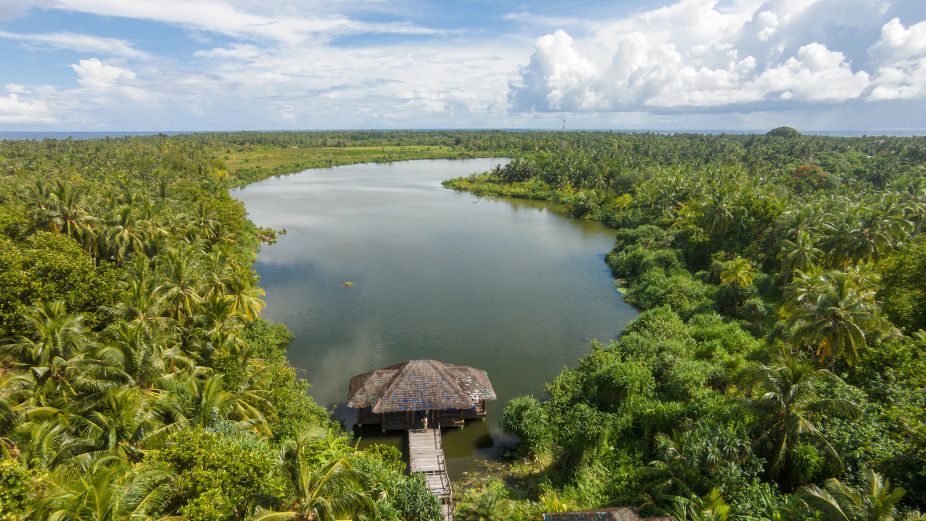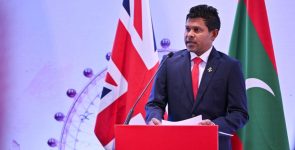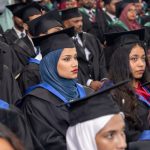
The government is stepping up efforts to manage and monetise its protected environmental sites, seeking to balance ecological preservation with economic development. According to state media, Minister of Tourism and Environment Thoriq Ibrahim said the initiative aims to generate revenue from these areas while maintaining the Maldives’ globally renowned marine biodiversity.
Natural conservation remains deeply tied to the Maldives’ identity, with its marine habitats forming the backbone of both environmental heritage and the tourism sector. State media reported that Minister Thoriq highlighted the importance of protecting the habitats of birds, fish species, and coral reefs that underpin much of the country’s allure to visitors.
While 93 sites across the Maldives have been designated as protected areas, only five are currently managed under sustainable models. These include the Addu, Fuvahmulah, and Baa Atoll Nature Parks, as well as the South Ari Atoll Marine Protected Area. The government is also working to designate Lhaviyani Atoll as a biosphere reserve.
The minister acknowledged that the vast majority of protected sites lack proper oversight and maintenance. He called for new conservation frameworks that not only protect ecological integrity but also enable financial sustainability. Developing these sites into revenue-generating assets is viewed as key to ensuring long-term preservation.
The administration’s broader environmental policy includes plans to establish at least one nature park in every atoll, alongside the creation of three new biosphere reserves. These efforts are part of a shift towards integrating environmental conservation with tourism development, maintaining the Maldives’ image as a pristine travel destination while ensuring the resilience of its ecosystems.













